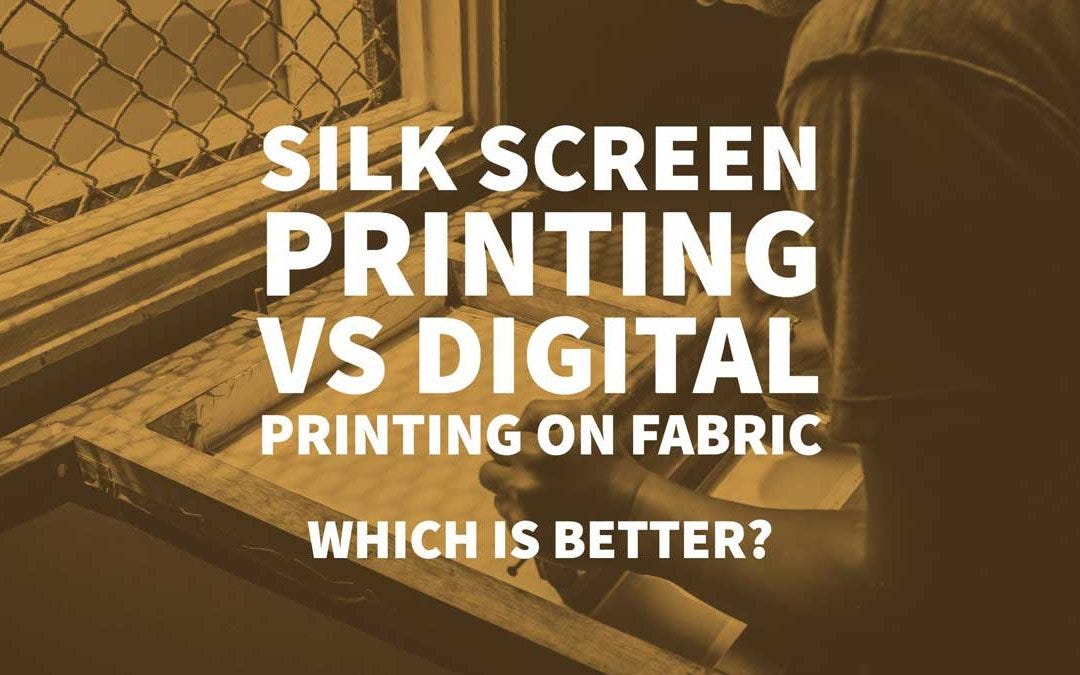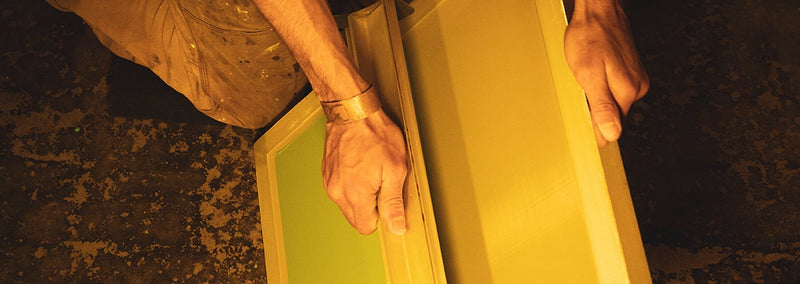The smart Trick of Tx Tees That Nobody is Talking About
The smart Trick of Tx Tees That Nobody is Talking About
Blog Article
Some Known Questions About Tx Tees.
Table of ContentsExamine This Report on Tx TeesThe Tx Tees DiariesGetting My Tx Tees To WorkTx Tees Things To Know Before You BuySome Of Tx TeesThe Best Strategy To Use For Tx TeesWhat Does Tx Tees Mean?
That brings your total amount to approximately $1,900 gross and shipping. Add up various other expenses, like the number of energies it takes to run the shop and the price of ink and solution per layout. embroidery shop. Take the print listed below. This is a one-color image, so the expense of ink per t-shirt is roughly 20 cents.The emulsion ought to just be a few cents since you 'd just need to coat one display for this task. Usually, printers try to make up to 45% earnings on a print job.

With DTF, you can print a handful of t-shirts, or just one. Both screen printing and DTF have their niches in the world.
What Does Tx Tees Mean?
The most effective means to know? Ask about and see what printing shop like your own are doing. screen printing shop. Attempt both out and see which you like much better
When you're choosing what sort of printing technique to use for publishing your art work layouts on your garments, it is necessary that you understand the differences between these 2 techniques so you can make the most of outcomes while lessening prices. Screen printing is the most typically used strategy for printing designs on textiles.
DTG printing is additionally called area or direct to garment printing because it publishes just what is needed rather than making a display as screen printers do. https://txtees02.start.page/. Screen printing works by screen filler squeegee display printing ink screen mesh screen, after that moving the picture to garment utilizing heat and/or stress
The DTG printer uses special dye-sublimation inks that are applied into a pre-designed photo by an electronic printing system. The inks end up being component of the textile, allowing for vivid colors and phenomenal detail. It's likewise called spot or direct to garment printing due to the fact that it publishes just what is needed rather than making a screen as display printers do.
Some Known Details About Tx Tees
It's much faster - you can print a fullcolor photo in mins, as opposed to hours for display printing. Second, there's no established up time or costs included - you can print any kind of design you such as, without having to produce a screen. Third, there's no waste - since screen printers display print one design at a time, they have to evaluate each shade individually.
The paper is extremely costly and can just be made use of once. Once it's published on, it needs to be disposed of. - The preliminary acquisition rate is lower than the upfront financial investment of DTG printers- You can print multi-color layouts one screen at a time rather than having to publish each shade individually like DTG printing.

The smart Trick of Tx Tees That Nobody is Talking About
Nonetheless, rather than making use of display mesh as screen printers do, dye sublimation printers utilize laser modern technology to move your pictures onto garments or paper. A heat process transfers the dye from its solid-state straight right into the gas phase which in turn fuses it onto fabric substratums when they are swiftly heated up to heats under high pressure.
Sublimation printing is green. It utilizes much less water than screenprinting, and because it does not involve using dangerous solvents, it's risk-free for all kinds of garments. The color sublimation inks are likewise odor free when treated, unlike display printers that make use of dangerous chemicals during the screen printing procedure that leave an unpleasant odor.
They additionally conserve money on costly tools like exposure units considering that dye sublimation printers don't call for a UV exposure unit or a flash cure oven that is generally used in display printing (screen printing shop). What is direct to garment printing (DTG Printing)? DTG printing is an electronic screenprinting process that prints directly onto fabric using specialized inkjet printers
Things about Tx Tees
DTG printing uses several advantages over traditional screenprinting, including the ability to publish photographic high quality photos, better shade vibrancy, and the capability to print styles on darker textiles. DTG printers function by heating the textile ink till it transforms right into a gas. The gas then penetrates the fabric, bonding with the fibers to develop a permanent print.

Screen printers simply prepare their display then start publishing till they run out of product or ink.- There is a variety of knowledgeable display printers throughout the world, which can be practical for novices. - It's a slower process - display printers typically have to wait for the ink to dry prior to they can publish the following color- Display printers call for manual labor, so there's a higher learning contour and it takes longer to create a high-quality design- Screen printing isn't as precise as DTG printing, so you may obtain some "blood loss" of colors from one component of the image onto another if not done properly.
Tx Tees - An Overview
Rather of utilizing display mesh as display printers do, dye sublimation printers use laser technology to move your images onto garments or paper. A warm procedure transfers the dye from its solid-state directly right into the gas stage which subsequently merges it onto fabric substratums when they are rapidly heated up to high temperatures under high stress.
Sublimation printing is green. It utilizes much less water than screenprinting, and because it does not entail using unsafe solvents, it's risk-free for all sorts of garments. The dye sublimation inks are likewise unsmelling when treated, unlike display printers that make use of damaging chemicals throughout the display printing process that leave behind an undesirable odor.
They additionally save cash on expensive tools like direct exposure systems since color sublimation printers click for more info do not call for a UV exposure device or a flash treatment oven that is normally made use of in display printing. What is straight to garment printing (DTG Printing)? DTG printing is an electronic screenprinting procedure that prints directly onto fabric utilizing specialized inkjet printers.
Getting The Tx Tees To Work
DTG printing offers lots of benefits over traditional screenprinting, including the ability to print photographic quality images, greater shade vibrancy, and the capability to publish layouts on darker fabrics. DTG printers work by heating the textile ink till it develops into a gas. The gas then permeates the fabric, bonding with the fibers to develop a long-term print.
Report this page